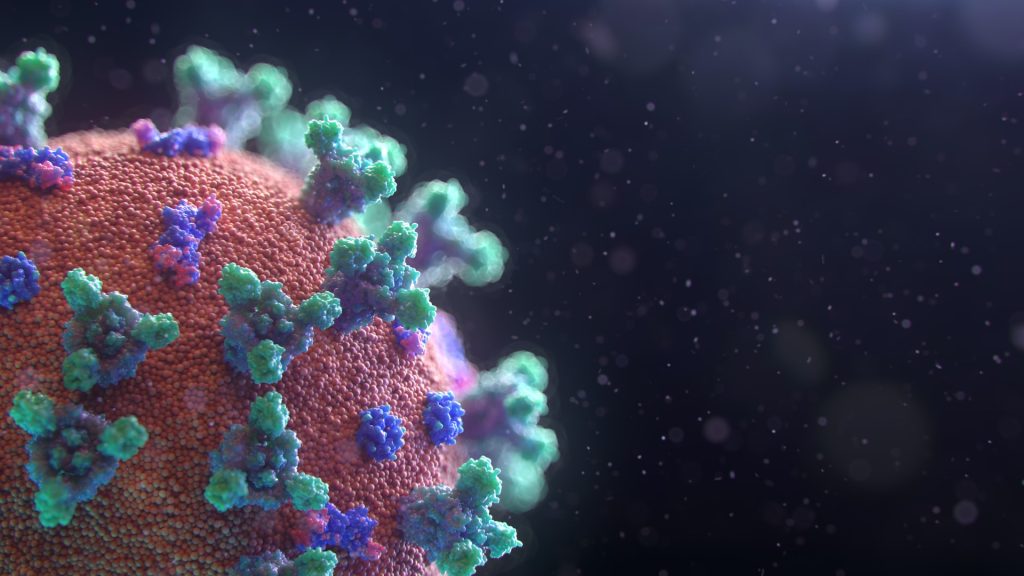
In an unexpected turn of events, the US National Institutes of Health (NIH) has acknowledged that it funded research into enhancing coronavirus infectivity, Vanity Fair reported.
The agency had last week sent a letter to the US House Committee on Energy and Commerce stating that its grant recipient, EcoHealth Alliance, enhanced a bat coronavirus to become potentially more infectious to humans. This was an “unexpected result” of the research, done in collaboration with Wuhan Institute of Virology.
The NIH letter also noted that EcoHealth Alliance violated terms of its grant conditions, which had stipulated that it was supposed to report to the agency if its work boosted viral growth by a factor of 10.
EcoHealth Alliance was supposed to submit a progress report at the end of the grant period in 2019 but it didn’t arrive at the NIH until August 2021, according to Vanity Fair. However, in a statement to Vanity Fair, EcoHealth Alliance said that it had reported the relevant information “as soon as we were made aware, in our four year report in April 2018.”
In that missing progress report (dated August 2021), lab mice infected with the enhanced virus became more ill than those infected with a wild one, reported Vanity Fair.
The Vanity Fair report also reveals a rather concerning detail contained in a leaked EcoHealth Alliance grant proposal submitted to the Defense Advanced Research Projects Agency in 2018. EcoHealth Alliance and the Wuhan Institute of virology proposed to engineer a furin cleavage site for the coronavirus to more easily enter humans cells. This matches a distinctive segment of SARS-CoV-2’s genetic code.
“If I applied for funding to paint Central Park purple and was denied, but then a year later we woke up to find Central Park painted purple, I’d be a prime suspect,” Jamie Metzl, a member of the WHO advisory committee on human genome editing, told Vanity Fair.
In its letter to US Congress, the NIH emphasised that the virus EcoHealth Alliance was studying could not have sparked the pandemic, as there was a vast genetic difference between it and SARS-CoV-2. NIH Director Francis Collins, MD, PhD, also issued a statement addressing the concerns raised by the letter, noting that such claims were “demonstrably false.”
“The scientific evidence to date indicates that the virus is likely the result of viral evolution in nature, potentially jumping directly to humans or through an unidentified intermediary animal host,” Dr Collins said in the statement.
Gilles Demaneuf, a data scientist in New Zealand, told Vanity Fair, “I cannot be sure that [COVID originated from] a research-related accident or infection from a sampling trip. But I am 100% sure there was a massive cover-up.”
In response to these criticisms of poor oversight and bad scientific judgment, the NIH has “circled its wagons”, Vanity Fair observed.
Source: Vanity Fair

